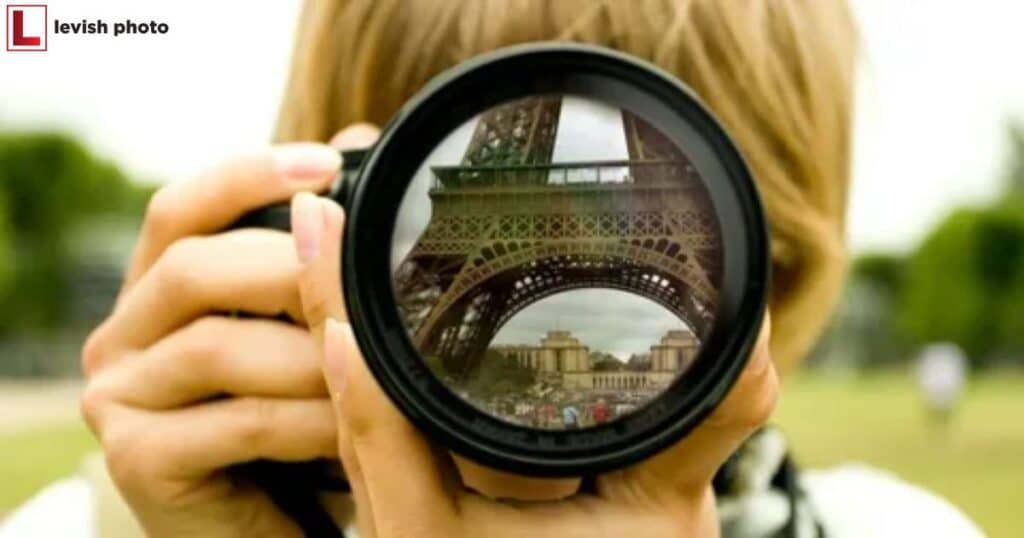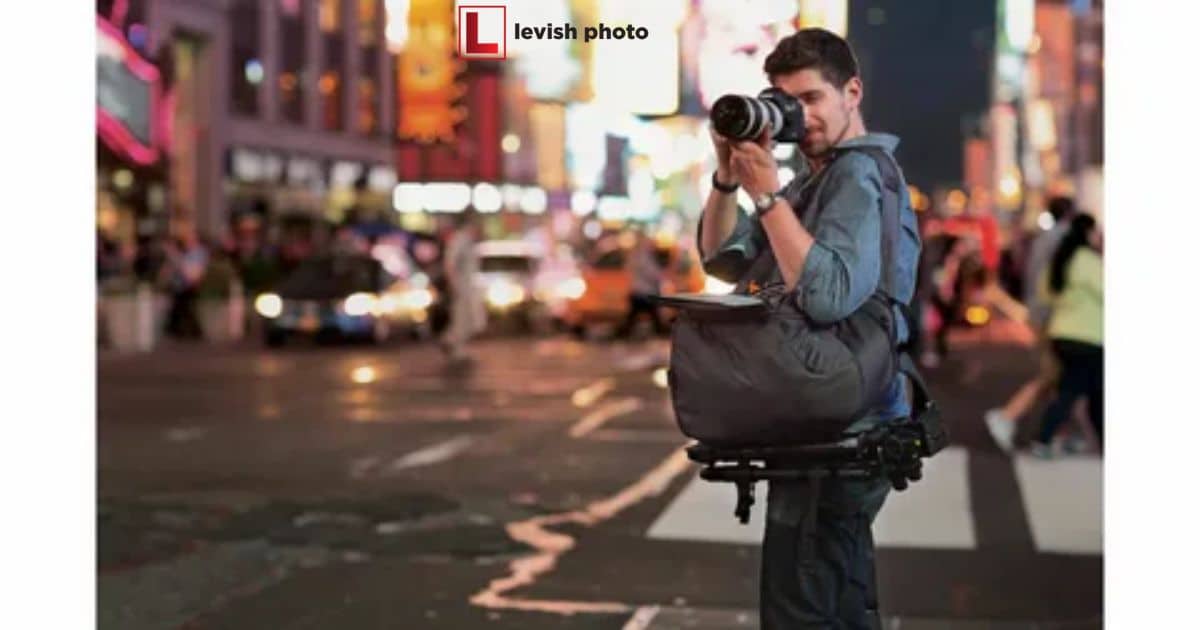A Day In The Life Of A Photographer involves a glimpse into the daily routine and experiences of a professional photographer. It offers insights into the challenges, creativity, and skills required in this visually captivating profession.
A Day In The Life Of A Photographer is a fascinating journey that unfolds behind the lens, where every click of the camera captures moments of beauty, emotion, and storytelling. It’s a world where creativity knows no bounds, and every frame is a canvas waiting to be painted with light and perspective.
In A Day In The Life Of A Photographer, you’ll discover the dedication, passion, and artistry that goes into creating stunning images. From the early morning scouting locations to the late-night editing sessions, photographers work tirelessly to freeze time in a frame, making their day-to-day experiences truly inspiring.
What Does It Mean to Be a Photographer?
Being a photographer is about more than just owning a camera, it’s a profession that demands a unique blend of creativity, technical skills, and an understanding of visual storytelling. Photographers use their cameras as tools to freeze moments in time, creating images that convey emotions, tell stories, and capture the beauty of the world.
A typical day in the life of a photographer is a dynamic mix of creativity and technicality, as they seek to translate their artistic vision into compelling visuals.
A Glimpse Behind the Lens
In this section, we’ll take you through a day in the life of a photographer, step by step. From the moment they wake up to the final editing touches on their photographs, you’ll get an in-depth understanding of the processes and challenges they face.
Morning Rituals
The day typically begins early for photographers. They rise before the sun to make the most of the golden hour, the time when natural light is soft and warm, making it ideal for capturing stunning outdoor shots. After a quick breakfast, they pack their gear, check the weather forecast, and head to the chosen location, whether it’s a serene landscape or a bustling city.
On Location
Once on location, photographers face various challenges. They must adapt to changing weather conditions, work with available light, and sometimes wait patiently for the perfect moment to capture their shot. Whether it’s a portrait session, a wildlife shoot, or a wedding event, photographers need to stay focused and be ready to seize the right moments.
The Art of Composition
Photographers carefully compose their shots, paying attention to framing, perspective, and the rule of thirds. Each click of the camera is a deliberate choice, aiming to convey a particular message or evoke a certain emotion. Their technical skills, combined with artistic intuition, come into play as they work to get the perfect shot.
Post-Processing and Editing
After a long day of shooting, photographers return to their workspace to begin the post-processing phase. This is where they select the best shots, adjust exposure, colors, and sharpness, and remove any imperfections. The use of photo editing software, like Adobe Lightroom or Photoshop, is common in this phase. It’s a meticulous process that can take hours, but it’s essential to bring out the full potential of the captured images.
A Day in the Life of Different Types of Photographers
Photographers come in various specialties, each with its own unique challenges and routines. Let’s explore a day in the life of three different types of photographers: portrait photographers, wildlife photographers, and event photographers.
Portrait Photographers
Portrait photographers focus on capturing the essence and personality of individuals or groups through their craft. Their day often begins in a studio, where they prepare their equipment and set up lighting to create striking and emotive black-and-white photographs.
Clients arrive for portrait sessions, and the photographer’s task is to make them feel comfortable, bring out their best features, and create memorable images. Post-session, they dive into the editing process, enhancing portraits and delivering the final results to their clients.
Wildlife Photographers
For wildlife photographers, a day in the life is an adventure. They rise before dawn to venture into the natural habitat of animals. Patience is their virtue as they wait for wildlife to appear and engage in their natural behaviors.
The challenge lies in capturing the right moment in the wild, which may require hours or even days of waiting. Once the shots are secured, wildlife photographers return to their editing stations, fine-tuning their images to create striking wildlife portraits.
Event Photographers
Event photographers have a fast-paced routine. They capture moments at weddings, parties, corporate events, and more. Their day begins with equipment checks and setting up lighting if needed. Throughout the event, they move discreetly, capturing candid moments, group photos, and key highlights.
The quick turnaround is essential in event photography, as clients often want to see their photos soon after the event. Post-event, the photographers engage in rapid editing to deliver memorable photographs promptly.
The Role of Technology in Photography

The photography industry has witnessed significant advancements in technology. One such technology that has transformed the way photographers work is the mirrorless camera. These cameras are lighter, more compact, and offer advanced features.
The Rise of Mirrorless Cameras
Mirrorless cameras have gained popularity among photographers due to their portability and versatility. These cameras are compact and lightweight, making them ideal for travel and on-location shoots. They are equipped with interchangeable lenses, providing photographers with creative freedom and the ability to adapt to various shooting conditions.
Advantages of Mirrorless Cameras
Mirrorless cameras offer several advantages, including fast autofocus, in-body image stabilization, and electronic viewfinders. The absence of a mirror mechanism reduces camera vibration, leading to sharper images, and the electronic viewfinder allows photographers to see real-time exposure adjustments. These features have made mirrorless cameras a favourite among many photographers.
Comparison of Mirrorless and DSLR Cameras
| Feature | Mirrorless Camera | DSLR Camera |
| Size and Weight | Compact and lightweight | Bulkier and heavier |
| Autofocus | Fast and accurate | Slower, especially in Live View mode |
| Image Stabilization | In-body stabilization available | Lens-based stabilization |
| Viewfinder | Electronic viewfinder available | Optical viewfinder |
Frequently Asked Questions
What kind of equipment do photographers use in their daily work?
Photographers use a range of equipment, including cameras, lenses, tripods, lighting equipment, and various accessories to capture and enhance their images.
How do photographers deal with changing weather conditions during outdoor shoots?
Photographers adapt to changing weather conditions by monitoring forecasts, being prepared with protective gear for their equipment, and sometimes embracing unexpected weather for unique shots.
What is the significance of post-processing in photography?
Post-processing is essential for enhancing and refining images. It involves adjusting colors, exposure, and sharpness, as well as removing imperfections to create polished final photographs.
How do portrait photographers make their subjects feel comfortable during a session?
Portrait photographers create a comfortable atmosphere by building rapport, offering guidance, and providing clear instructions to help their subjects relax and express themselves.
What role does patience play in wildlife photography?
Patience is paramount in wildlife photography as photographers may spend hours or even days waiting for the right moment to capture animals in their natural behavior, ensuring stunning wildlife portraits.
Conclusion
In the world of photography, every day unfolds with a unique blend of creativity and dedication. Photographers, with their cameras in hand, navigate through the challenges of capturing moments and telling stories through their lenses.
From the early morning preparations to the meticulous editing sessions, they bring the world to life in a way that words often can’t. The combination of passion and technological advancements continues to shape the dynamic realm of photography.
With each click of the camera, photographers freeze time and create art, offering a glimpse into the beauty, emotions, and stories that surround us. The journey of a day in the life of a photographer is a testament to the artistry that thrives behind the lens, reminding us that the world is a canvas waiting to be painted with light and perspective.
